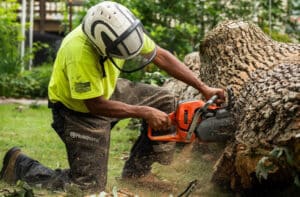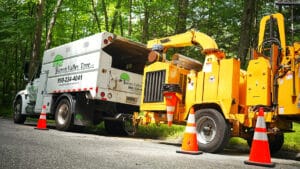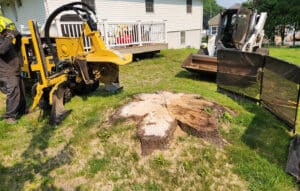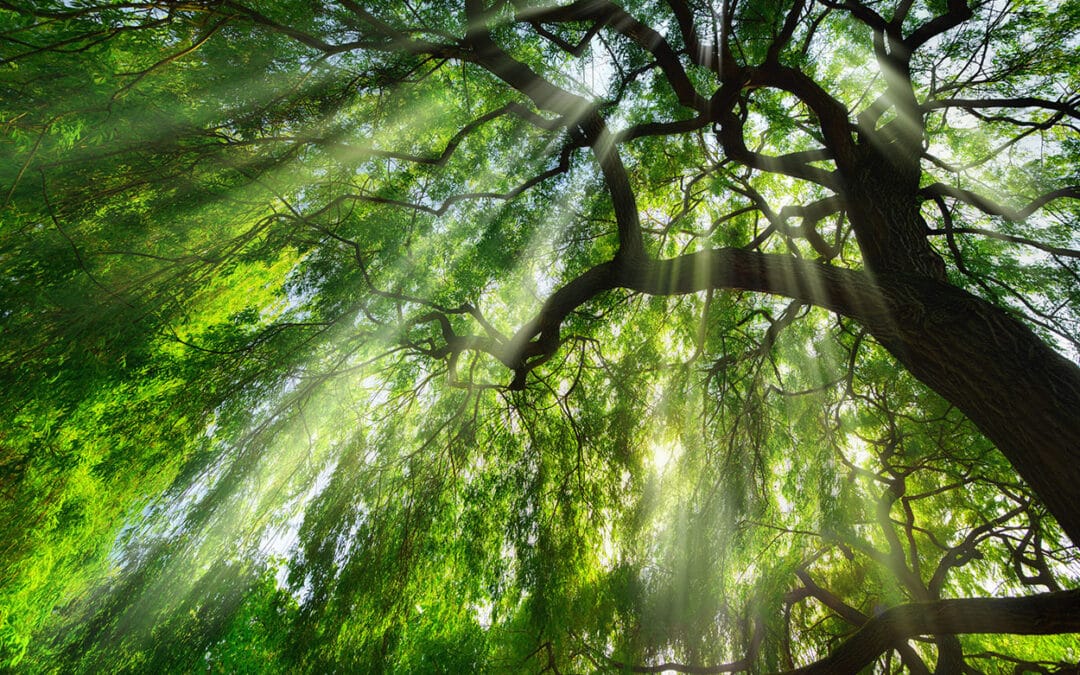Keeping Your Trees Healthy: Common Fungal Issues in Connecticut
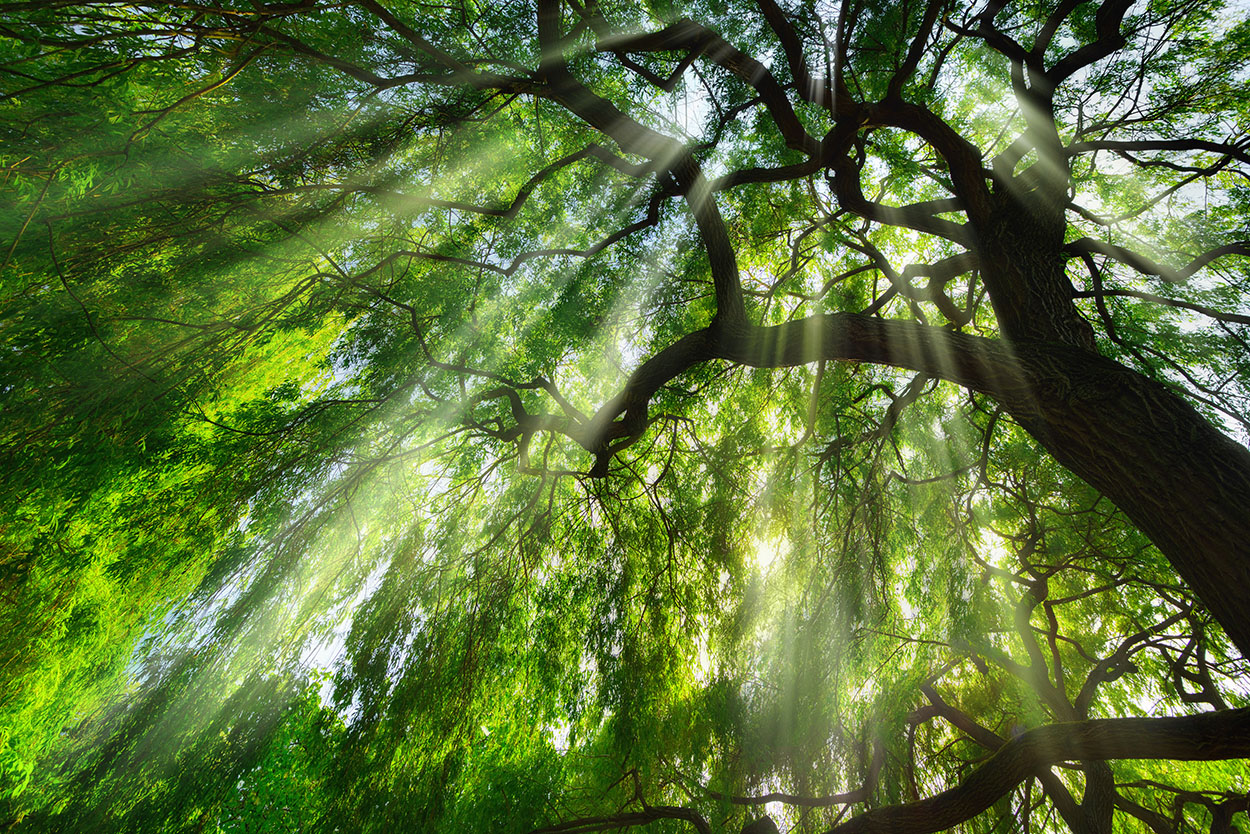
At Green Valley Tree LLC, we’re passionate about keeping Connecticut’s trees thriving. One major threat to tree health? Fungal diseases. These silent attackers can weaken and even kill trees if left untreated.
The good news is that by understanding the causes and signs of fungal disease, you can take steps to protect your trees. Here in Connecticut, several factors contribute to fungal problems:
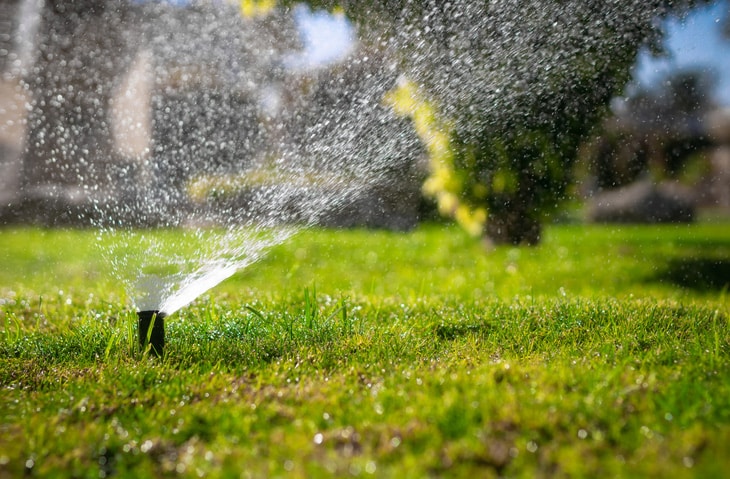
Heavy Rains & Sprinkler Overuse
Fungal spores thrive in moist environments. Extended periods of rain or overwatering from sprinklers create ideal conditions for fungal growth.
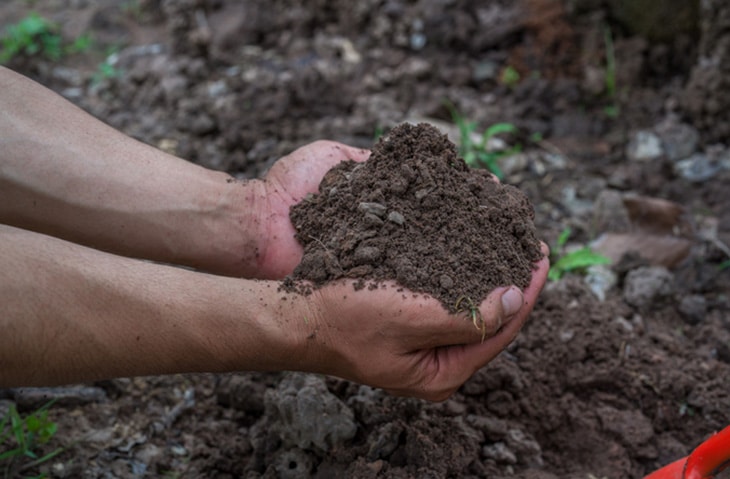
Soil Compaction
Compacted soil restricts air and water flow to tree roots. This stressed environment makes trees more susceptible to fungal diseases.
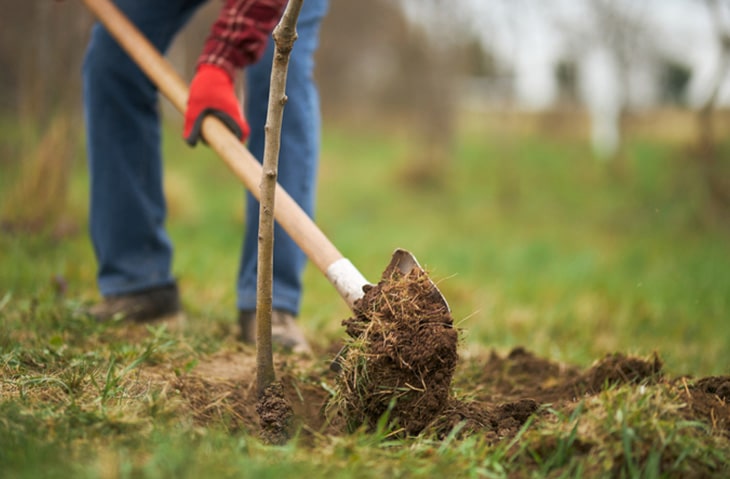
Poor Planting Practices
Planting trees too deeply or in the wrong location can weaken them, making them vulnerable to fungal attacks.
Common Fungal Diseases in Connecticut Trees
Several fungal diseases can impact Connecticut trees. Here are a few to watch for:

Honey Fungus (Armillaria spp.)
This aggressive fungus attacks the roots of stressed trees, causing decay and decline. Signs include clusters of honey-colored mushrooms at the base of the tree and stunted growth.
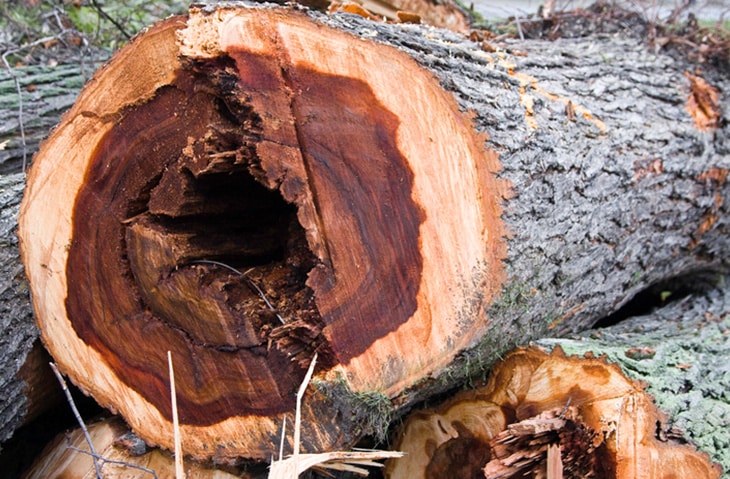
Dutch Elm Disease (Ophiostoma ulmi)
This devastating disease, spread by beetles, targets elm trees. Symptoms include wilting leaves, yellowing foliage, and branch dieback.
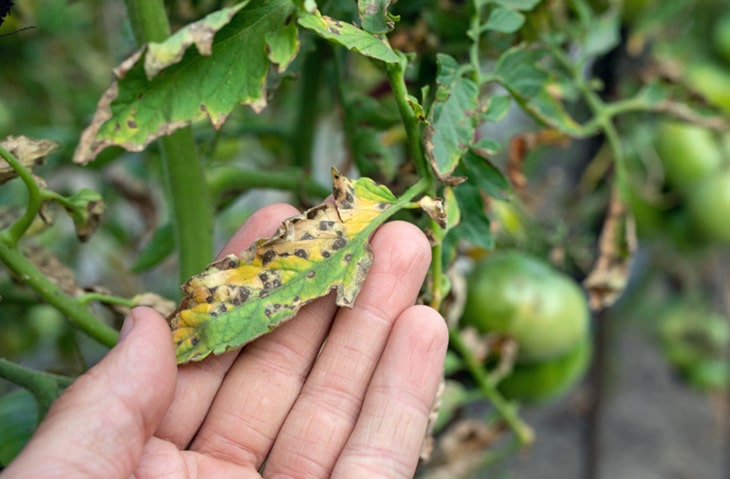
Verticillium Wilt (Verticillium dahliae)
This soilborne fungus affects many tree species, causing wilting, stunted growth, and leaf discoloration.
Protecting Your Trees from Fungal Diseases
There are several ways to safeguard your trees from fungal issues:
- Proper Watering: Avoid overwatering and ensure proper drainage around your trees.
- Mulching: Apply a layer of mulch around the base of your trees (but not touching the trunk) to retain moisture and suppress fungal growth.
- Pruning: Regularly prune your trees to improve air circulation and remove diseased branches.
- Planting Considerations: Choose the right tree species for your site conditions and plant them at the appropriate depth.
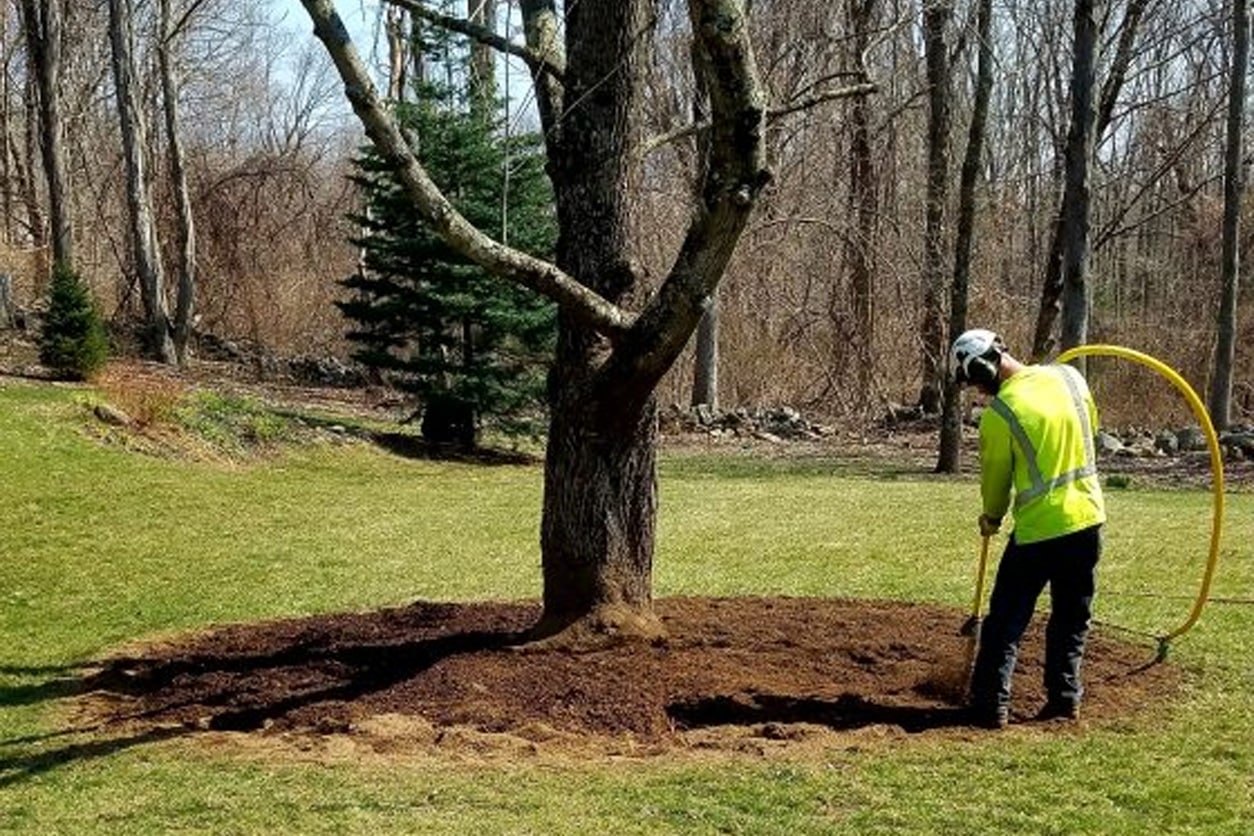
Spotting the Signs of Fungal Disease
Early detection is key to successfully treating fungal diseases. Here are some signs to watch out for:
-
Mushrooms growing at the base of the tree
-
Wilting, browning, or yellowing leaves
-
Dieback of branches
-
Cankers (sunken areas) on the bark
-
Mushrooms or fruiting bodies on the tree itself
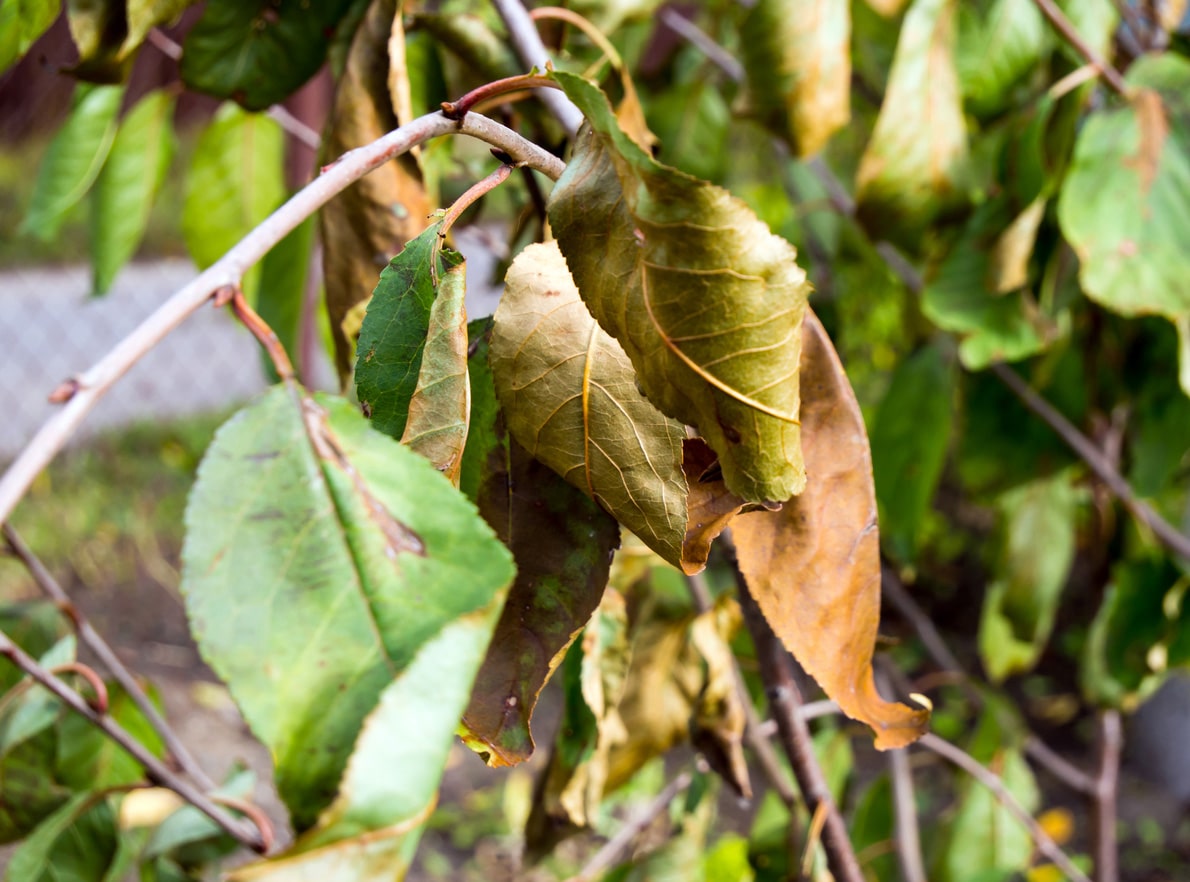
When to Call a Tree Service
If you suspect your tree has a fungal disease, it’s crucial to call a professional arborist like Green Valley Tree LLC. We can diagnose the problem, recommend treatment options, and help save your tree. Early intervention is essential to prevent the disease from spreading and causing further damage.
Remember, healthy trees are beautiful assets to your property. By understanding the risks of fungal diseases and taking preventive measures, you can ensure your trees stay strong and vibrant for years to come..

